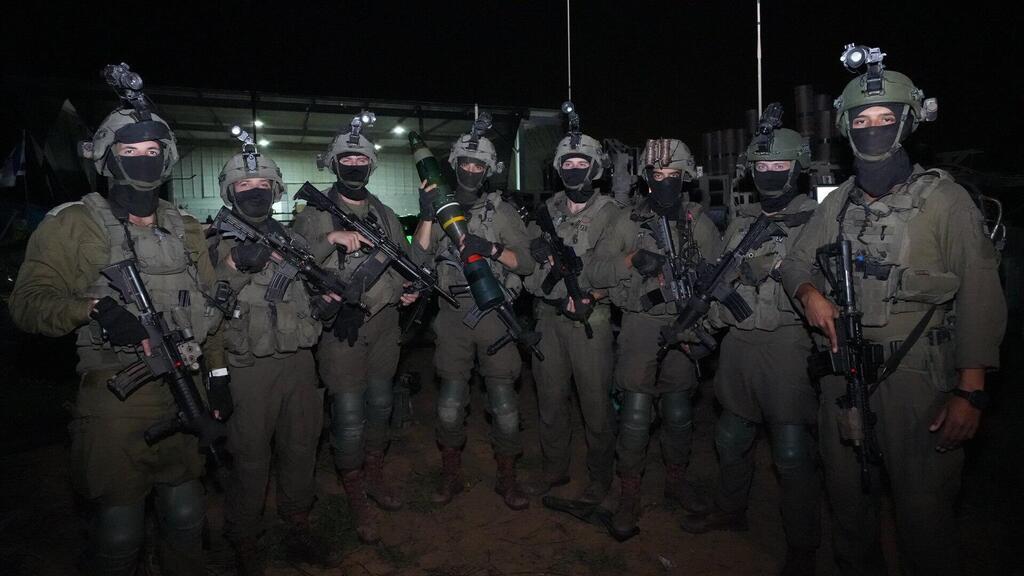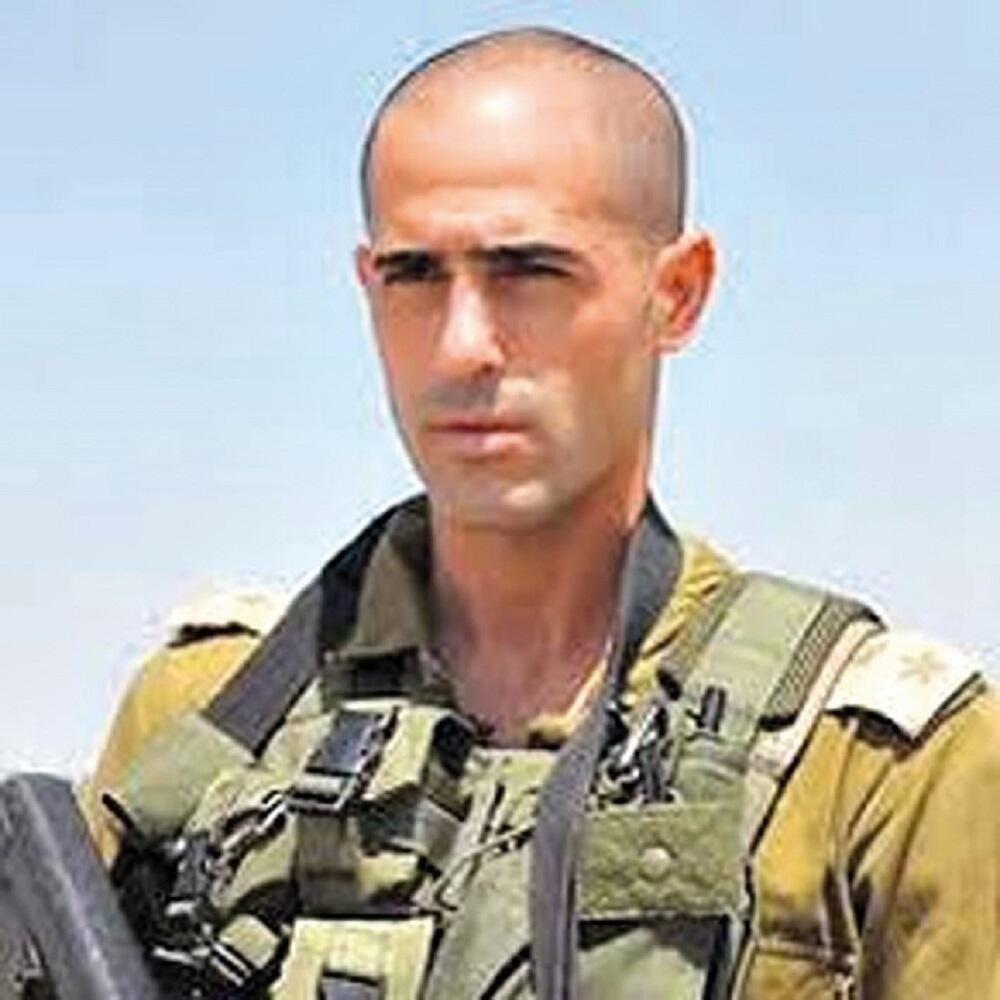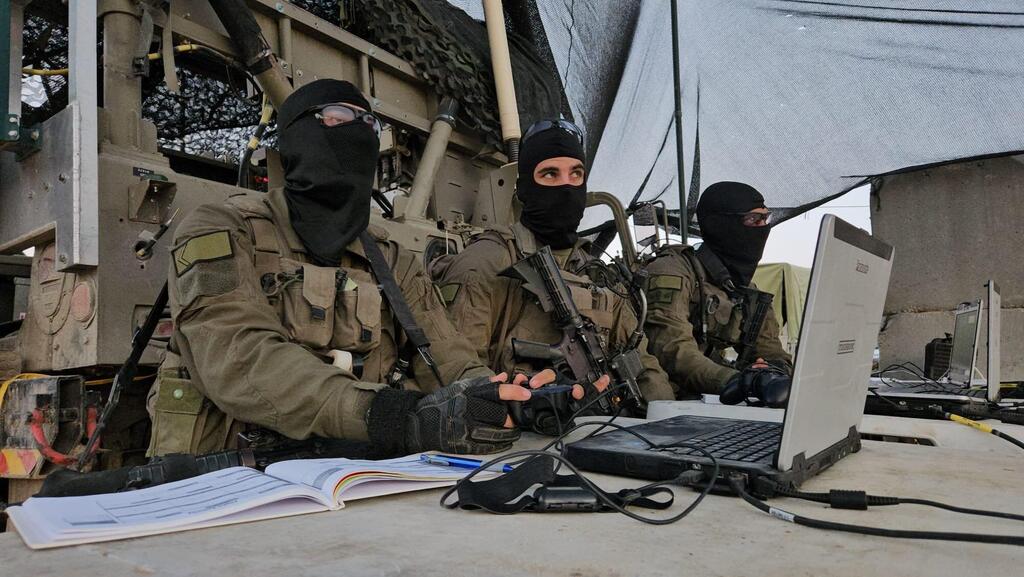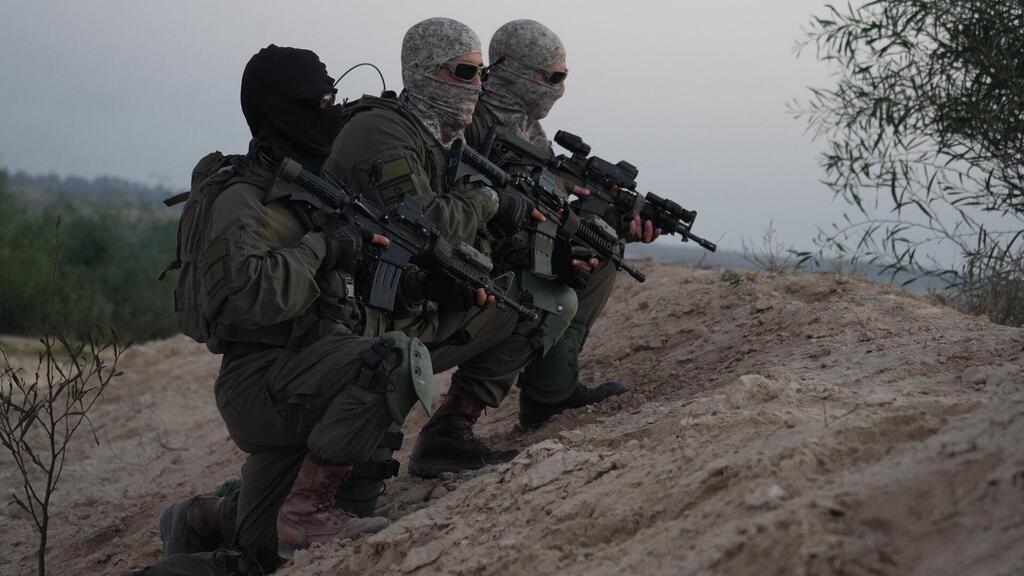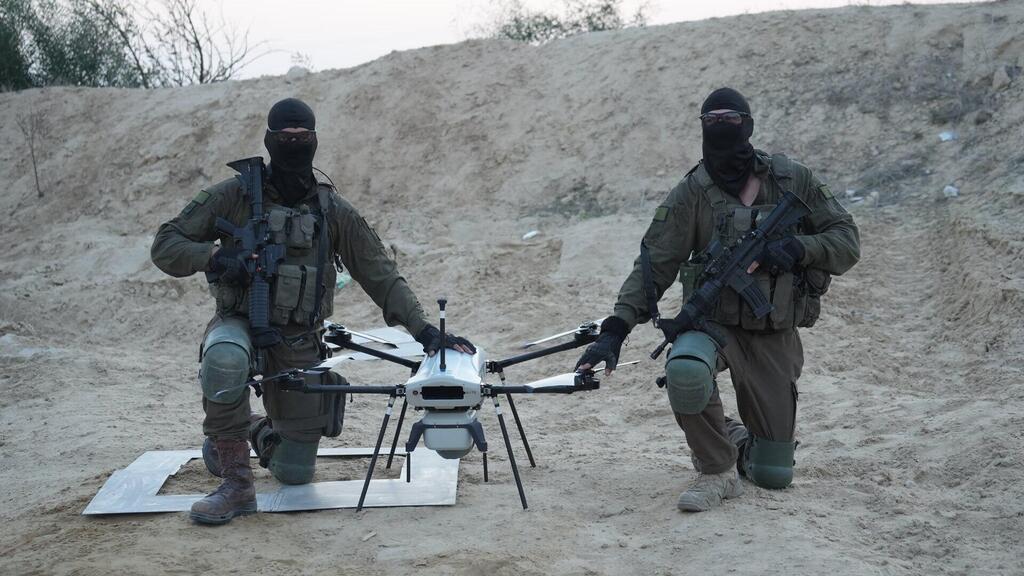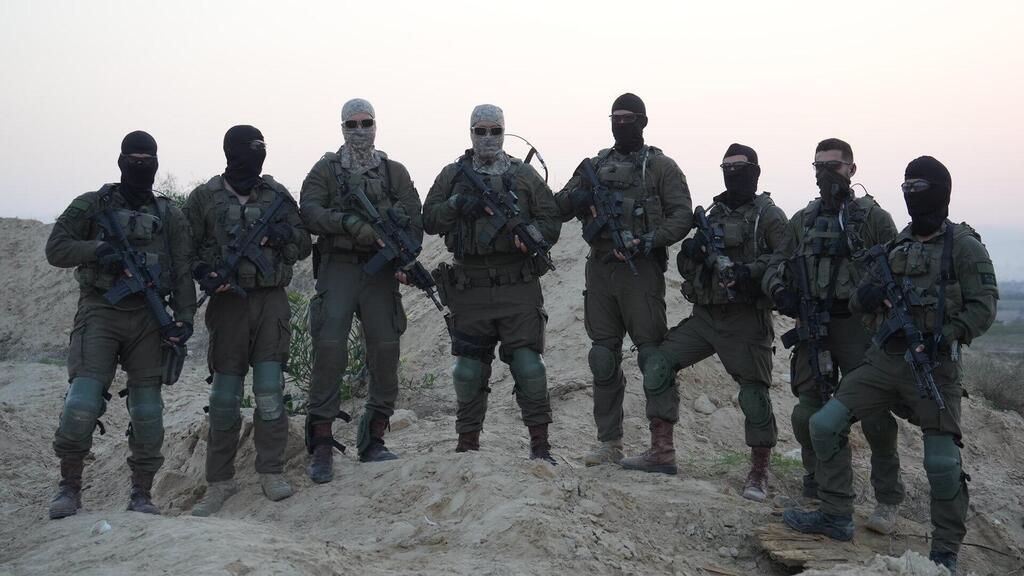Getting your Trinity Audio player ready...
On October 4, Colonel Roi Levy was having a nice meal in a restaurant in central Israel with his friends from the Multidimensional Unit that he’d been commanding for 4 months. It was just a group of combat officers who are good friends getting together for a bite to eat - nothing out of the ordinary. A little respite in between training.
More stories:
As the meal was drawing to an end, Roi told his friends that he had a feeling that war was about to break out. He had the gut feeling of a seasoned officer, the intuition of a battle fox. Roi’s gut had already been scarred by his stints fighting in Gaza. He was injured during Operation Cast Lead in 2008 and then, in 2014 was critically wounded while fighting in Shijaiyah in Operation Protective Edge.
Despite his injury, and the low chances the doctors gave him during ensuing surgeries through the fall of 2014, Roi was back to himself again and back in the army again – as a combat officer. He was given command of the elite Egoz unit and the prestigious honor of lighting a torch at Israel’s Independence Day’s formal celebrations. He then swore he’d be the first back fighting in Gaza in the next war.
Over the past few months, commanding the Ghost Unit – as the Multidimensional Unit is also known, he was somewhat unsettled and prepared his soldiers for the moment of truth. “He told us that alongside all the gadgets, we are primarily an elite combat unit that has to be ready for the war,” tells us an officer who was with him that evening at the restaurant – three days before the war, three days before Roi was killed in battle.
“He was the first to rush to the war. As he dashed south on that Saturday morning, he called up the entire unit and told us to meet him in the field after we’d gotten our equipment from the base,” the officer added. “On his way to Kibbutz Re’im, he recorded a message telling us that the time had come, that this is war and that we’re there. He killed a few terrorists he encountered at the kibbutz. But he never returned from the kibbutz. We carried on fighting without him, but in his spirit.“
In his recording, a few short hours before he was killed, Roi said: “A State of Preparation for War has been declared. Do you guys remember what you have to do? The mental shifts you have to make? So, now is the time. Everyone, get yourselves to the unit, get your weapons, get your bulletproof vests on, and wait for instructions. People are fighting for their homes. Terrorists have infiltrated the country and are inside the communities in the south. We have to get to help there as fast as we can. See you later on.”
A battle laboratory
The Multidimensional Unit was founded in 2019 by former IDF chief of staff Lt. Gen. Aviv Kochavi to develop innovative combat techniques and fighting methods as well as new tools for use in the battlefield of the future - and get these tools out into all brigades and all divisions. It’s a miniature version of the U.S. Army’s 100th Training Division – a “battle laboratory” dealing with the battleground of tomorrow, so that the IDF won’t find itself fighting wars as if it’s yesterday.
The unit constitutes a cross-section of soldiers from all units - infantry, armored and engineering corps, and various elite units. Initially, soldiers and officers told Kochavi that, in training exercises, technological devices such as drones and robots were killing most of the enemy forces, and that regular infantry troops, and even tanks, were left with very little to do in the way of cleansing targets.
Even today, some army officials still feel that investing so much in an experimental unit is pointless. They believe that the tens of millions of shekels poured into this unit would be better spent on training and equipment for reserve duty battalions.
But Kochavi was insistent, and the unit was given an almost open check to try out all means of warfare imaginable. This includes deadly drones that traverse tunnels or rooms inside buildings, themselves killing the enemy and robots and special radars for infantry forces to detect the enemy in hiding.
Most of these developments are secret and some never made it into use as they didn’t pass the field tests where the unit used them in operations on the country’s borders. Ground units have given up on, as yet, unrealized capabilities. However, the tools that have proven themselves, have brought major changes to the battlefield.
A battle of the minds against Hamas
In January 2023, Kochavi announced that “the vertical dimension is in our hands. The Temple Mount is our hands.” By “vertical”, Kochavi means the space above the terrorist’s head. The IDF has always had drones, unmanned aerial vehicles (UAVs) and observation ballons, but it’s never had close, ongoing 3D capabilities coupled with means of detecting the enemy.
The IDF’s first “Sufa” (storm) teams were founded from this Ghost Unit. They were then dispersed to battalions and various elite units. These were small forces working alongside commanders dealing with controlling vertical territory; aiming fire; ongoing observation; immediate identification of targets from the field; instructing helicopters and fighter jets precisely where to attack; and managing flocks of drones serving diverse purposes including exposing, locating and attacking the enemy. At least 100 terrorists have been eliminated by the Ghost Unit in the northern Gaza Strip by use of these quiet drones that make full use of the element of surprise.
“We’ve created a breaking point for the enemy as he knows he’ll make it out for a short time and in that time, we’ll locate him, expose him and eliminate him” says Major (Res) R., the unit’s combat commander. “On the other hand, the enemy is learning us and improving - and we don’t underestimate that for one moment. We saw this after the ceasefire that gave us the chance to learn from it. Hamas disseminate what they learn. The key for us is to operate in small circuits, bombarding the enemy with the precision mortars that we’ve distributed to various army units.”
We joined the unit’s activities in the field. With pillars of smoke ahead and incessant gunfire all around, the Ghost Unit have taken up positions on the concealed side of the hill – the one facing Israel. “Move the jeep. You on a route exposed to the anti-tank missiles” an officer says to the military official who brought us. Their daily routine here is completely undercover, even as they launch Elbit-developed drones to go hunting from the skies of Gaza.
The unit is dispersed across the Gaza Strip. Teams accompany elite units as others operate more independently directly under divisions. The unit’s current commander is Colonel Dvir Hever who was a close personal friend of Roi.
“Even within our unit, we could never have imagined the weapons capability we now have,” he says. “It’s very close up with the terrorists. We also use old-school methods like grenades and snipers. We’ve reached unprecedented warfare capabilities of airborne equipment in close proximity to the ground. In six weeks of war, we’ve completed the complex integration and adaptation of weaponry that usually takes a year or two. It’s now out there with the rest of the army.”
“It’s not just about tools and technology – it’s about methods of locating weapons in enemy territory, locating terrorists, exposing concealed tunnels, shooting down enemy drones as well finding terrorists at a range of several miles and hitting them. No soldier asks when we’re finishing up and going home. There’s no burn-out. On October 7, we lost friends from our unit, as well as Roi who I first met on the bus to the recruitment office when we were 18. We were together in our regular service, officers’ training, Operation Defensive Shield in 2002 and in Cast Lead in 2008 when he was injured right next to me.“
Colonel Dvir agrees with his men about his predecessor’s special skills of predicting the future. “There was something prophetic about Roi over the past few months. The soldiers all say how he was driving them crazy about preparing for a war, how he would get down to details and tell them to not think so much about the gadgets, and how they’re primarily combat soldiers. On October 7, they put into practice everything he prepared them for. We’re now taking full advantage of every opportunity, leaping into action every time the enemy is located in Jabaliya. It might be underground. It might be about putting together the pieces about the hostages."




